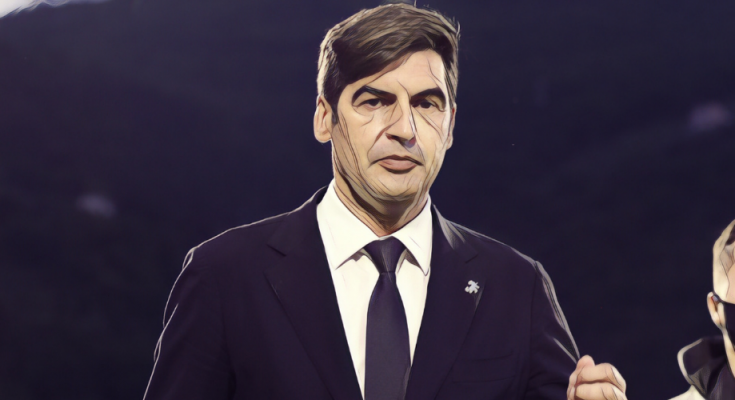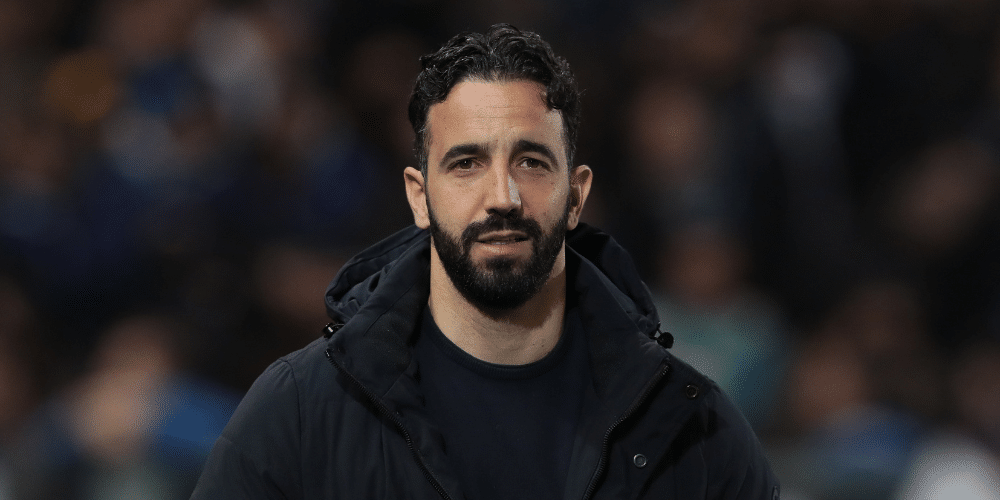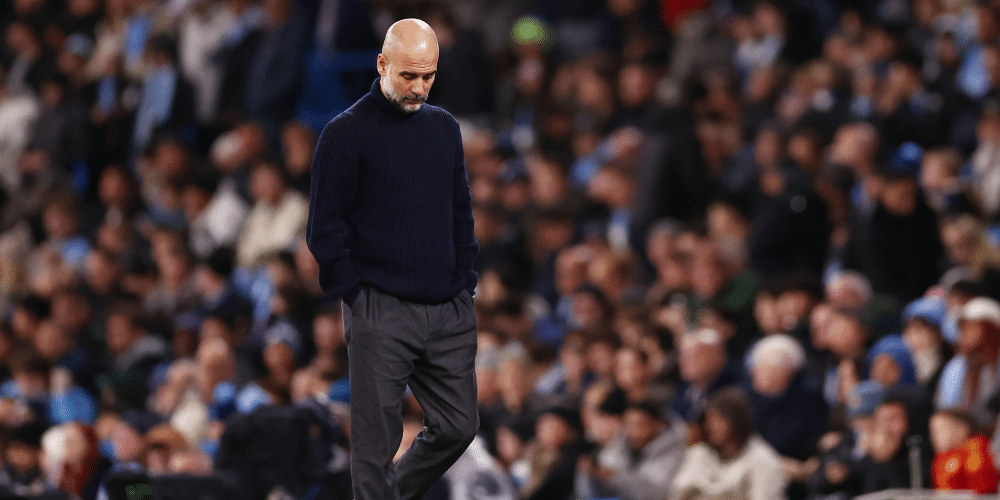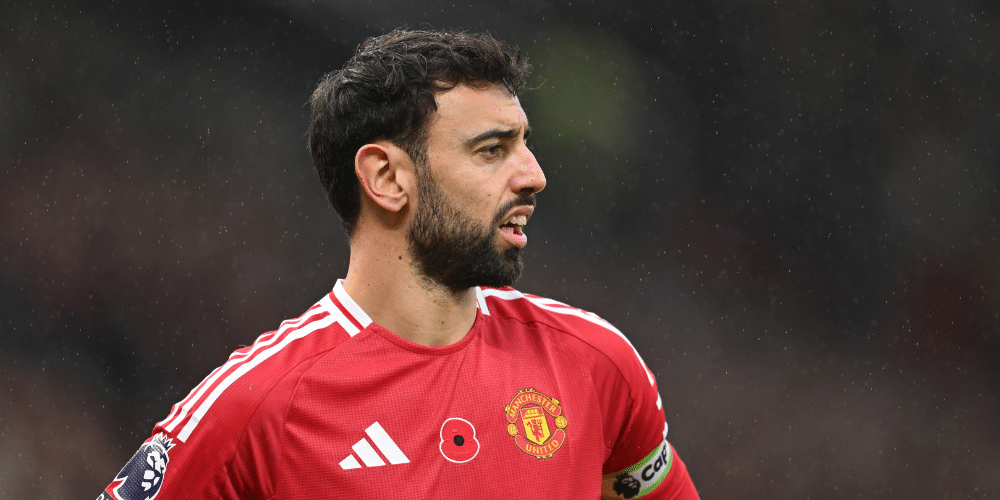Despite leading the club to two mid-table finishes, Newcastle United have moved on from Steve Bruce. The club currently sit 19th in the league, and the former Manchester United captain was not perceived as a manager with the sufficient pedigree to match the aims of the club’s ambitious new owners.
Part of that rationale stemmed from how Newcastle played under Bruce. He setup the team in either a 5-4-1 or 5-3-2 with an emphasis on remaining in a narrow, compact, and deep defensive block.
While this means the Magpies generally made it difficult for opposition teams to find space in their penalty area, it deprived them of the necessary numbers and structure to counter-attack once they retrieved the ball. This meant that, in possession, Newcastle were often aimless and overly reliant on set-pieces, deep crosses, and the individual driving runs of Miguel Almiron or Allan Saint-Maximin to create chances.
These weaknesses were reflected in their statistics. Despite finishing twelfth last season, Newcastle had the fourth lowest non-penalty xG (number of expected goals from the shots they took), the second fewest open-play passes into the penalty area, and the fewest progressive passes (passes that move the ball 10 yards or more towards the opposition goal) in the Premier League. Metrics such as these don’t speak well towards Newcastle’s ability to sustain mid-table finishes, let alone build upon them.
To match the ambition of their new owners, Newcastle should be looking to appoint a coach with a more proactive, expansive style of play who could make them better at controlling possession and creating chances more frequently. It’s within this context that the Magpies have shown significant interest in former Shakthar Donestk and AS Roma boss Paulo Fonseca as the man to lead the club’s new era in the dugout.
During his managerial tenures in Portugal, Ukraine, and Italy, Fonseca’s teams developed a reputation for producing scintillating possession-based football. He tends to set his sides up in either a 4-2-3-1 or a 3-4-3, with the latter becoming his preferred setup at Roma and his most likely formation for Newcastle.
In possession, Fonseca encourages his wingbacks to push extremely high while the centre-backs split wide to provide more passing angles for the goalkeeper when playing out from the back. The double pivot remain close to the centre-backs while the nominal wingers tuck infield to play behind a lone striker, giving the team a 3-2-4-1 shape with the ball.
The centre-backs are expected to be comfortable in possession and confident in progressing the ball centrally to the double-pivot or directly to the narrowly-positioned wingers. To facilitate this, the midfield pivot and attacking players shift their position laterally to find space and pose as passing options for the centre halves.
Because of how wide the wingbacks play, they stretch the opposition defensive and midfield lines and thereby create the space for the midfielders and attackers to find. The positioning of the midfield pivot and narrow wingers also creates a box shape in the midfield, which outnumbers the opposition midfield and enables easier progression of the ball through the middle of the pitch. Fonseca uses an intelligent structure in possession to enable his methodical form of attack to be successful.
Fonseca also encourages his attackers to interchange positions with each other, the wingbacks, and even the deeper midfielders to confuse the opposition and create opportunities for forward progression of possession. For instance, if a nominal winger drops deep to get the ball from a centre-back, a wingback make cut inside to make a forward run while one of the midfield pivot will move wide to cover.
The forward run from the wingback either gives a forward passing option for the man on the ball or drags opposition players out of position and creates space elsewhere. These types of rotations aren’t necessarily the same from game-to-game, but they reflect Fonseca’s desire to have his players move dynamically off the ball to ensure the team doesn’t simply circulate possession.
Defensively, Fonseca instructs his team to fall into a 3-4-3 mid-block in which players only press in response to specific triggers, differing from the likes of Pep Guardiola and Thomas Tuchel who use similar tactics in possession but adopt an aggressive counter-press.
Due to their somewhat passive approach and the numbers they commit forwards, Fonseca’s teams can be vulnerable to attacks in transition and place great strains on the midfield pivot and center-backs to cover large swaths of space and be assured in one-on-one duels. These weaknesses stem from their attacking intent, though, rather than from Fonseca’s deficiencies as a coach.
Appointing Fonseca would begin a major tactical transition for Newcastle’s squad. The players would have to become accustomed to playing in a higher defensive line with greater emphasis on how to control possession and progress it through the thirds gradually. Their standing in the relegation zone doesn’t give Fonseca much leeway in trying to impose his ideas upon the team, which could pose issues for him in the short-run.
If given time, though, Fonseca’s track record suggests he could successfully transition the squad to his style of play. At Roma, he had great success in improving the ball-playing capabilities of the likes of Roger Ibanez, Marsah Kumbulla, and Chris Smalling and was the catalyst for Leandro Spinazzola’s development as arguably the best left-back in Serie A.
Some of the Magpies players also could adapt to a possession-based style better than one would expect. Fabian Schaer has thrived for Switzerland as a ball-playing centre-back while Jamaal Lascelles is also comfortable in possession.
Jamaal Lewis could thrive as an attack-minded left wingback while Ryan Fraser has experience from his time at Bournemouth of playing a similar role on the right. Joe Willock could provide an energetic presence in the pivot who could also make late runs from deep, though there isn’t a standout defensive midfielder in the squad he could be paired with.
Allan Saint-Maximin, Miguel Almiron, and Callum Wilson will have to adapt to playing in narrower roles and in a less direct attacking setup, but will benefit tremendously from having more support in attacking areas. All three, particularly Saint-Maximin, also have the technical quality to thrive in a more high octane style.
It’s unlikely that Fonseca is the man Amanda Staveley and the rest of the Newcastle board expect to lead the team to Premier or Champions League glory. Yet he is a sensible candidate to transition the squad to a more modern, attack-minded style of football and make the club a more attractive prospect for new players.
He may face issues in the short-term of balancing the immediate need for results and the long-term goal of implementing his tactical philosophy. If given time, though, Paulo Fonseca would be an extremely sensible first managerial appointment for the new Newcastle United regime.
Read – Remembering the brilliant Barca side who beat Juve to win the 2015 Champions League
Read Also – Iconic Performances: Roy Keane’s superhuman display v Juventus



